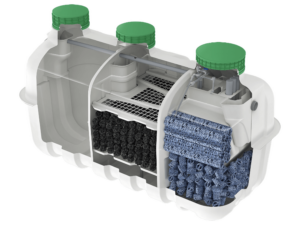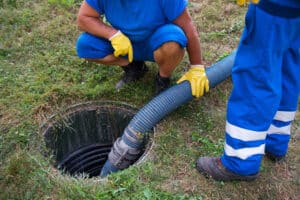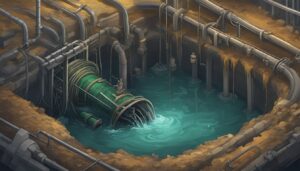Harmful algal blooms are becoming a popular topic in the news as these tiny organisms grow out of control and impact the local environment. While there are many different types of harmful algal blooms, including brown tide, red tide, and rust tide, it’s important to be aware of the impact they all have.
What are the Ecological Impacts of Harmful Algae?
Ecologically, harmful algal blooms hurt marine life because they cannot find food due to the thick blooms that form. In the best-case scenario, the entire population of certain fish will leave an area in search of food.
However, in many cases, the entire population of fish dies.
The EPA outlines the immense ecological impact of the growing number of blooms, including:
- Some algae create toxins that lead to lower fish populations
- Blooms can begin to clog fish gills, making it more difficult for fish to breathe
- Sunlight can be blocked from reaching the bottom of waterways, making the water colder and more difficult to sustain life
- Dead zones in the water can be created
Dead zones are areas of the water where very little or no oxygen exists, eliminating aquatic life in these areas.
If other animals eat the fish, the toxins will continue to move up in the food chain, having a dire impact on wildlife.
Algae blooms also increase the occurrences of acid rain increases and levels of air pollution which can impact trees and vegetation beyond our waterways.
What are the Economic Impacts of Harmful Algae?
Local communities that rely on fishing and waterways for commerce are going to feel the most economic impact of cyanobacteria and harmful algal blooms in general. Pfiesteria is a prime example of how algae and bacteria can lead to marine life death.
Algal blooms impact local economies in numerous ways:
- Water becomes thick and green, impacting property values
- Businesses that rely on waterways and the health of those ecosystems suffer
- Scenic areas that rely on tourism can see a rise in air pollution and damage to natural habitats
Toxic blooms like cyanobacteria and red tides increase health care costs and send more people to the hospital and doctors. Beach cleanups are required to limit the size, scale, and impact of blooms, and fishing and tourism revenue is also negatively impacted.
Often entire beaches, lakes, and other waterways are forced to close entirely.
Fish farms in some areas have experienced losses of up to $24 million. One study from 2011 found that the entire US fish industry suffered $900 million in losses due to harmful algal blooms.
In 2014, 500,000 residents of Toledo, Ohio went without drinking water because of the algae bloom scare in Lake Erie. Unfortunately, these occurrences continue to increase in frequency, harming local economies and lowering property values.
We’re never going to stop harmful algal blooms completely so our focus needs to be on reducing the frequency and scale of these occurrences. Preventative measures can reduce the occurrence of these blooms, including aeration techniques and reducing excess nutrients, particularly nitrogen, from entering our waterways.










